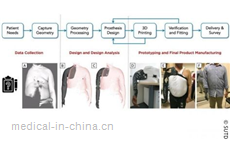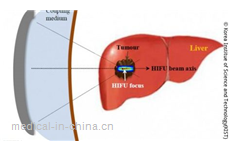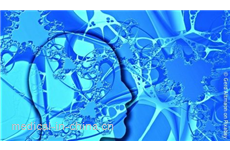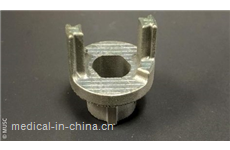
New artificial skin functions like natural skin
Researchers at the RIKEN Center for Biosystems Dynamics Research (BDR) have developed an improved human-skin equivalent that reproduces traction-force balance in the lateral direction, a property that controls the structure and physiological function of skin. This artificial skin will enhance in-depth analyses of physiological skin functions, provide solutions to skin problems caused by diseases or ageing, and reduce the need for animal testing.

Customized prosthesis using 3D printing
Upper limb forequarter amputations which involve the removal of the entire arm and scapula require highly customized prosthetic devices that are expensive but yet, usually underutilized due to their high maintenance and low comfort levels. At the same time, while cosmetic prostheses - artificial limbs which provide patients the appearance of a pre-amputated body part - have a higher rate of continuous use, they have limitations in functional use.

Destroying cancer cells with non-surgical ultrasound treatment
Demonstrated the mechanism behind the secondary generation of cavitation clouds that mechanically fractionates surrounding tissue in focused ultrasound treatment. Laid the groundwork for precise removal of the target tissue.

ALS early diagnosis thanks to an experimental test
A test to diagnose two very serious diseases such as ALS and FTD when the pathologies have not yet appeared, thereby providing doctors and patients with essential information tools to tackle them early and develop new treatments. A team of researchers at SISSA in association with different clinical and Italian research institutes have made a first promising step in this direction.

3D metal printer expands possibilities for innovation
When the Zucker Institute for Applied Neurosciences (ZIAN) at the Medical University of South Carolina needed to bring to life a neurosurgeon's idea for better instrumentation for sacroiliac surgery, there was one obvious partner to turn to: the MUSC College of Dental Medicine.